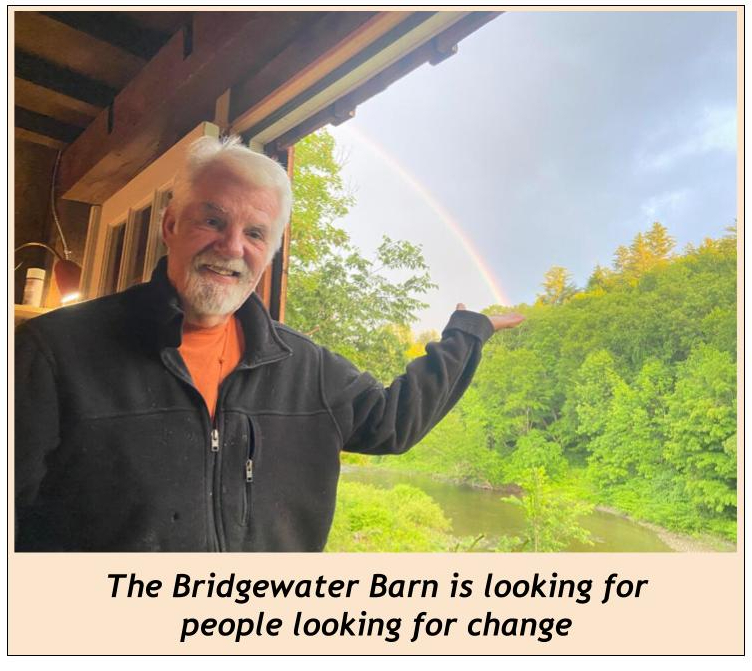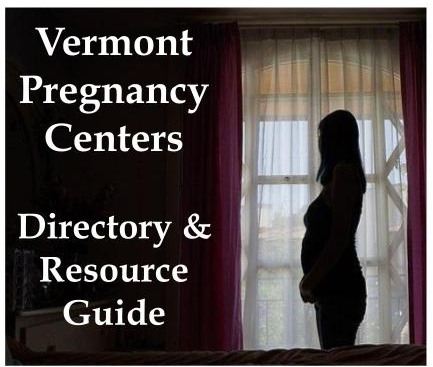
by Chris Gish, Community News Service
After someone spent almost three weeks at the Randolph Village laundromat during the winter of 2019-2020, Charlie McMeekin knew there was a bigger issue at hand.
The laundromat was hardly an ideal shelter for the homeless, and yet this was the third time someone stayed there that winter. It had no privacy, hardly any furniture, and customers did not always respond well to new residents, but the laundromat was one of the few heated spaces open 24 hours a day in Randolph.
“I thought, ‘there’s got to be something better,’” said Mc- Meekin, a Braintree resident and volunteer at the laundromat. “And I discovered that there really wasn’t at that point.” Currently, homeless people near Randolph have to travel to Bradford, Barre, or White River Junction to access a shower or emergency housing. Combine that with the fact that there is no guarantee a shelter will accept new cases, add other related challenges like transportation, and the laundromat starts to look like a realistic option.
McMeekin, a member of Randolph’s Bethany United Church of Christ, wrote to faith communities in early 2020 asking for help. The Randolph Executive Community Council (RECC), a collaborative led by Gifford Hospital that involves social service providers, state agencies, and other groups, was already grappling with the lack of temporary emergency housing. McMeekin’s letter brought communities of faith to the conversation.
“One of our biblical mandates is to care for our neighbor,” said Kimberly McKerley, pastor at the Bethany Church. “When we see neighbors who are unsheltered and we have the resources to give them a warm, safe, place, how could we do any other?’”
Right now, “There are no resources locally for people to access emergency housing,” said Linda Anderson, the Associate Director of Family & Community Support Services at Capstone Community Action. Anderson, who is also involved in the RECC, said the lack of immediate shelter before someone has a chance to access state services is a major impediment to better social services. To help address this, Bethany Church is renovating the top floor of the church office building and hopes to have it open by “late spring,” McKerley said. Businesswoman Lee Khan is leading the project and hopes to have “100 hands”—50 people—contribute.
Other churches are discussing their own temporary shelters, including St. John’s Episcopal Church, the Baptist Fellowship, Our Lady of the Angels Catholic Church, and the Randolph Community Church. The RECC has also been in conversation with private residents who might offer spaces as temporary shelters.
Overall, the RECC takes a “population health” perspective to housing challenges, according to Patrick Clark, Blueprint for Health program manager at Gifford Hospital.
“You need to address someone’s basic needs before you can expect them to even begin to think about their physical health or their mental health,” he said.
A HIDDEN ISSUE
Homelessness can be invisible or not recognizable in rural areas like Randolph. Unlike bigger cities, according to Anderson, “our homelessness issue tends to be hidden.”
“We have a homeless population, and we don’t really know how big it is,” McMeekin said.
Anderson emphasized that there is no single face of homelessness in rural Vermont. Domestic violence, a lost job, an injury, a house condemnation, eviction, and mental illness can all contribute to not having a safe place to call home.
COVID-19, Anderson said, just “helped to make this problem visible.”
Vermont’s handling of homelessness has been in flux and in the spotlight since the pandemic arrived. After the declaration of a State of Emergency in March 2020, Vermont’s motel voucher program expanded from seldom housing more than 300 people to indefinitely accommodating about 2,700.
Motel vouchers, previously available only on the coldest nights or for up to 84 days in the most “catastrophic” instances, are now open-ended.
The state, meanwhile, is developing plans to transition away from motel vouchers entirely by June 2022.
Even the current expanded— and costly—voucher program might not help homeless people in the White River Valley. Applicants would have to seek temporary shelter while they apply for the program, and the motels that the state uses are not near Randolph.
“If you’re homeless in the Randolph area, you’re probably going to be forced out of your community if you need to access shelter, because there isn’t any [here],” said Anderson.
Transportation is a key difficulty of rural homelessness, according to Anderson. Public transit has a limited schedule and routes, and even car owners may struggle to afford gas.
McKerley, the pastor, said that temporary housing needs to be developed even though it is not the “solution” to homelessness. “I call it a Band-Aid, but a necessary Band-Aid. Something that ties people over from the time their problem presents itself until they can have some help with the systems that are available.”
BROADER CHALLENGES
Julie Iffland is the executive director of the Randolph Area Community Development Corporation (RACDC), another group involved in conversations on housing and homelessness in Randolph. She said the need for transitional housing is often linked to challenges that are best addressed in combination with social services.
“There is increasing evidence that the pairing of housing and social services, intentionally, creates much better outcomes,” said Iffland, who also participates in the RECC housing subgroup.
On average, it takes homeless families over four months to find stable housing, according to the state’s Housing Opportunity Grant Program 2020 report.
Vermont’s Housing Data portal, meanwhile, reports that an individual needs to make $29,800 a year, or almost 25% more than a fulltime, minimum-wage job, to afford a one-bedroom apartment in Orange County. Families face further challenges to make ends meet—it costs almost $10,000 more to afford a two-bedroom apartment, and expenses like childcare are also ballooning.
Anderson referred to “a continuum of housing” to alleviate homelessness, with affordable and safe options at every step of the way. She said advocates think of a “three-legged stool” to address the housing crisis: additional affordable units, long-term vouchers to offset costs, and social services that stabilize people within their housing.
MANY SOLUTIONS
According to Iffland, the best part about the RECC and mutual aid networks that sprung up after COVID-19 is that they created better communication among diverse groups.
“We came together quickly because we all had the same problem, but there wasn’t regular communication” on housing issues, she said.
Clark, the Blueprint for Health director at Gifford, also credited the action-oriented approaches of mutual aid groups and churches in response to immediate needs during the pandemic. “It caused me to rethink the approach we’re taking in the RECC group, because we’re probably a little slower to action.”
Funding may be one of the biggest areas where these pandemic-induced connections are needed.
“We have no funding,” McMeekin said of the Bethany Church project. The labor is all volunteer and private donations have covered a quarter of the $6,000 cost, but the rest of the project exists as a “step of faith to say that funding will come.” According to McMeekin, the church needs an official, organized body like the RECC to be able to access emerging state and federal funds.
In addition to newfound attention at the state level, the most recent federal stimulus package included $5 billion to address homelessness, plus billions more for housing vouchers and financial assistance. Some advocates think Vermont can permanently get rid of homelessness with its share of funds.
The RECC, meanwhile, is balancing optimism with immediate need. “Until we have a medium or longer term solution, Iffland said, “We’re responding basically in crisis mode.”
Categories: Society & Culture






Randolph missed mentioning the largest cause of homelessness – drug/alcohol abuse & addiction. Together with mental illness, government compiled statistics show that over EIGHTY percent of all cases can be attributed to one and/or the other.
Building more & more & more of these facilities, solves little to nothing.